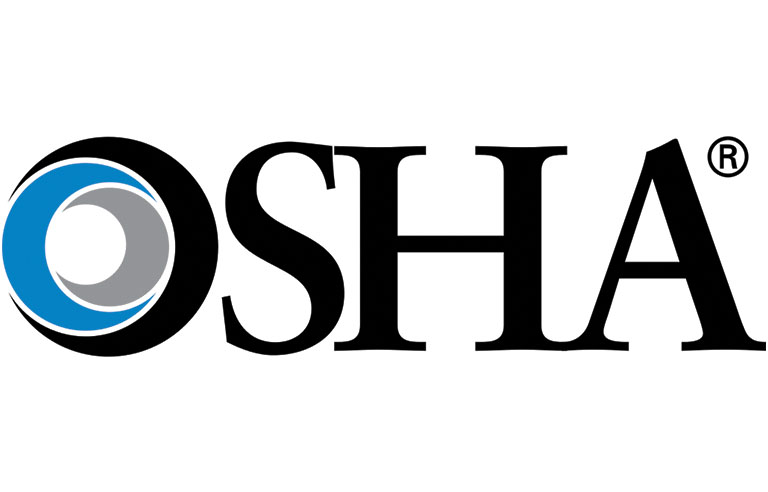
A Breakdown of Your 2018 OSHA Work-Related Injuries Summary
It’s that time of year again. Your 2018 OSHA Work-Related Injuries Summary is due by March 2, 2019.
If you’ve never submitted the summary before, aren’t sure if you are required to do so, or need a refresher on the importance of submitting, we’ve provided a breakdown of everything you need to know before sending in your 2018 OSHA Work-Related Injuries Summary.
Why does OSHA exist?
 With construction workers and forklift operators employed in high-risk jobs, there must be extra precaution and safety guidelines in place to avoid unnecessary accidents. OSHA (Occupational Safety and Health Administration) is the governing agency in charge of monitoring companies’ adherence to proper work and environmental safety procedures.
With construction workers and forklift operators employed in high-risk jobs, there must be extra precaution and safety guidelines in place to avoid unnecessary accidents. OSHA (Occupational Safety and Health Administration) is the governing agency in charge of monitoring companies’ adherence to proper work and environmental safety procedures.
Who must submit a summary?
If you have over ten employees, then you are obligated to maintain a record of every work-related severe injury and illness (see here what OSHA defines a recordable injury or illness). These records must be kept at the worksite for at least 5 years.
Not sure if you are required to submit? Check out if your establishment meets the required criteria.
What is included in your summary?
The summary will include a comprehensive list of injuries and illnesses that occurred in the previous year. OSHA states that “This  information helps employers, workers, and OSHA evaluate the safety of a workplace, understand industry hazards, and implement worker protections to reduce and eliminate hazards –preventing future workplace injuries and illnesses.”
information helps employers, workers, and OSHA evaluate the safety of a workplace, understand industry hazards, and implement worker protections to reduce and eliminate hazards –preventing future workplace injuries and illnesses.”
With the OSHA Summary being a digital submission, it is necessary that you keep a separate record of these lists in the event that you are asked to provide documentation to current or former employees that have been injured and need to provide it for legal or insurance purposes.
Where do you submit your summary?
Download the Injury and Illness Recordkeeping Forms or submit your summary using the Injury Tracking Application provided by OSHA.
How do I collect and keep track of the information for my summary?
Are you scrambling to find all of the incident reports and records documented throughout the year? Unsure if your employees filed the forms correctly?
Safety is a serious matter, and it demands efficient processes. To ensure you stay on top of those processes, Access combined Advanced (our telematics device with a focus on safety features) with our AssetPro 360 cloud-application, to provide access to  safety and injury reports from any time/anywhere while also making it easy for your employees to quickly fill out the injury/accident reports with the detail you’ll need. By streamlining the process, you never have to spend time looking for where you placed those documents again.
safety and injury reports from any time/anywhere while also making it easy for your employees to quickly fill out the injury/accident reports with the detail you’ll need. By streamlining the process, you never have to spend time looking for where you placed those documents again.
While having all of the paperwork is important, the priority of a company should be avoiding work-related accidents. Advanced includes safety features like an OSHA compliant safety checklist, operator authorization access control, proactive alerts for abusive loads and monitors for dangerous impacts or sharp turns.
What happens if I don’t meet the OSHA Safety requirements?
Failing to meet the safety guidelines imposed by OSHA can be costly not only with the risk of hurting employees and damaging your assets but also from fees to be paid to the organization.
EHS Today gave a breakdown of how much the penalties enforced by OSHA to employers has increased in 2019. (check out here).
When you add it all up, the cost of NOT implementing safety measures and procedures in your workplace can significantly hurt your bottom line. I simple investment in a telematics solution like Advanced can help you avoid all of these unnecessary costs. Maybe it’s time you look into telematics solutions.
If you’d like to learn more about Advanced and how it can help you remain OSHA compliant, schedule a demo with an Access Representative today!
